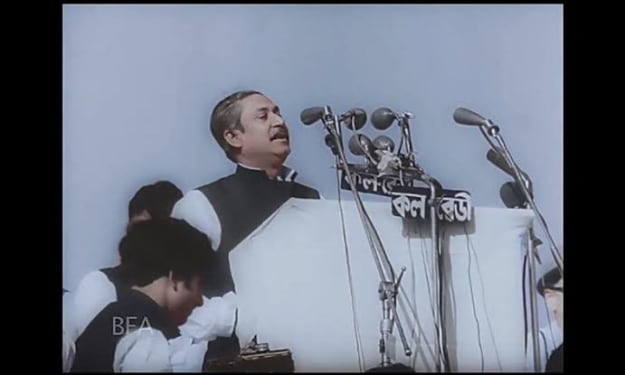
**Title: Echoes of Justice: A Chronicle of the High Court of Bangladesh**
Once upon a time, in the heart of Bangladesh, stood the majestic High Court, a symbol of justice and integrity in the nation. Its imposing architecture echoed the grandeur of its purpose, towering over the bustling streets of Dhaka like a guardian of the law. Within its hallowed halls, stories of triumph and tragedy unfolded, shaping the destiny of the land and its people.
The origins of the High Court traced back to the days of British colonial rule when the seeds of judicial authority were sown on the fertile soil of Bengal. Over the decades, it evolved into a pillar of democracy, upholding the principles of equality, fairness, and impartiality. From its inception, the court served as a beacon of hope for those seeking redress against injustice, regardless of their station in life.
Inside the courtroom, the air was thick with anticipation as lawyers clad in black robes prepared to present their cases before the esteemed judges. Every word uttered carried weight, every argument meticulously crafted to sway the scales of justice in favor of their clients. The sound of gavels striking against wooden desks echoed through the chamber, signaling the beginning of another chapter in the ongoing saga of legal battles.
As the years passed, landmark judgments emerged from the High Court, shaping the legal landscape of Bangladesh and setting precedents for future generations. Cases ranging from human rights violations to environmental protection found their way onto the docket, each one a testament to the court's commitment to upholding the rule of law. With each decision, the court reaffirmed its role as the ultimate arbiter of truth and fairness in society.
But amidst the lofty ideals and noble aspirations, the High Court was not immune to the shadows of corruption and political interference that plagued the nation. At times, whispers of bribery and nepotism tainted the reputation of the judiciary, casting doubt on its ability to dispense justice without fear or favor. Yet, even in the face of adversity, the court remained steadfast in its mission, guided by the principles of integrity and moral fortitude.
Outside the courtroom, the corridors buzzed with activity as litigants, and their supporters waited anxiously for their cases to be heard. From the downtrodden seeking recourse against oppression to the powerful defending their interests, the High Court welcomed all who sought solace under the banner of justice. Here, the rich and the poor stood on equal footing, their fate determined not by their wealth or status but by the merits of their arguments.
Over time, the High Court became a symbol of hope for the marginalized and disenfranchised, a sanctuary where their voices could be heard and their grievances addressed. Landmark judgments in favor of minority rights, women's empowerment, and freedom of expression served as beacons of progress in a society grappling with the challenges of modernity. With each ruling, the court reaffirmed its commitment to safeguarding the fundamental rights of all citizens, regardless of creed or caste.
But for all its triumphs, the High Court was not without its moments of controversy and turmoil. Political upheavals and constitutional crises tested the resilience of the judiciary, threatening to undermine its independence and autonomy. Yet, in the face of adversity, the judges stood firm, upholding the sanctity of the law and refusing to bow to external pressures.
As the 21st century dawned, the High Court found itself at a crossroads, grappling with the complexities of a rapidly changing world. Technological advancements and globalization brought new challenges and opportunities, forcing the judiciary to adapt to the demands of a digital age. E-filing systems were introduced, streamlining the legal process and making justice more accessible to all.
But even as the world around it evolved, the core principles of the High Court remained unchanged. Integrity, impartiality, and fairness continued to guide its decisions, ensuring that justice remained the cornerstone of Bangladeshi society. And so, the legacy of the High Court endured, an enduring testament to the triumph of truth over falsehood, of righteousness over injustice.
In the annals of history, the High Court of Bangladesh would forever be remembered as a bastion of hope and a guardian of liberty, standing tall as a beacon of justice in a world fraught with uncertainty. And though the echoes of its judgments may fade with time, the spirit of righteousness that animated its halls would live on, inspiring future generations to uphold the noble ideals for which it stood.






Comments (1)
That's great work